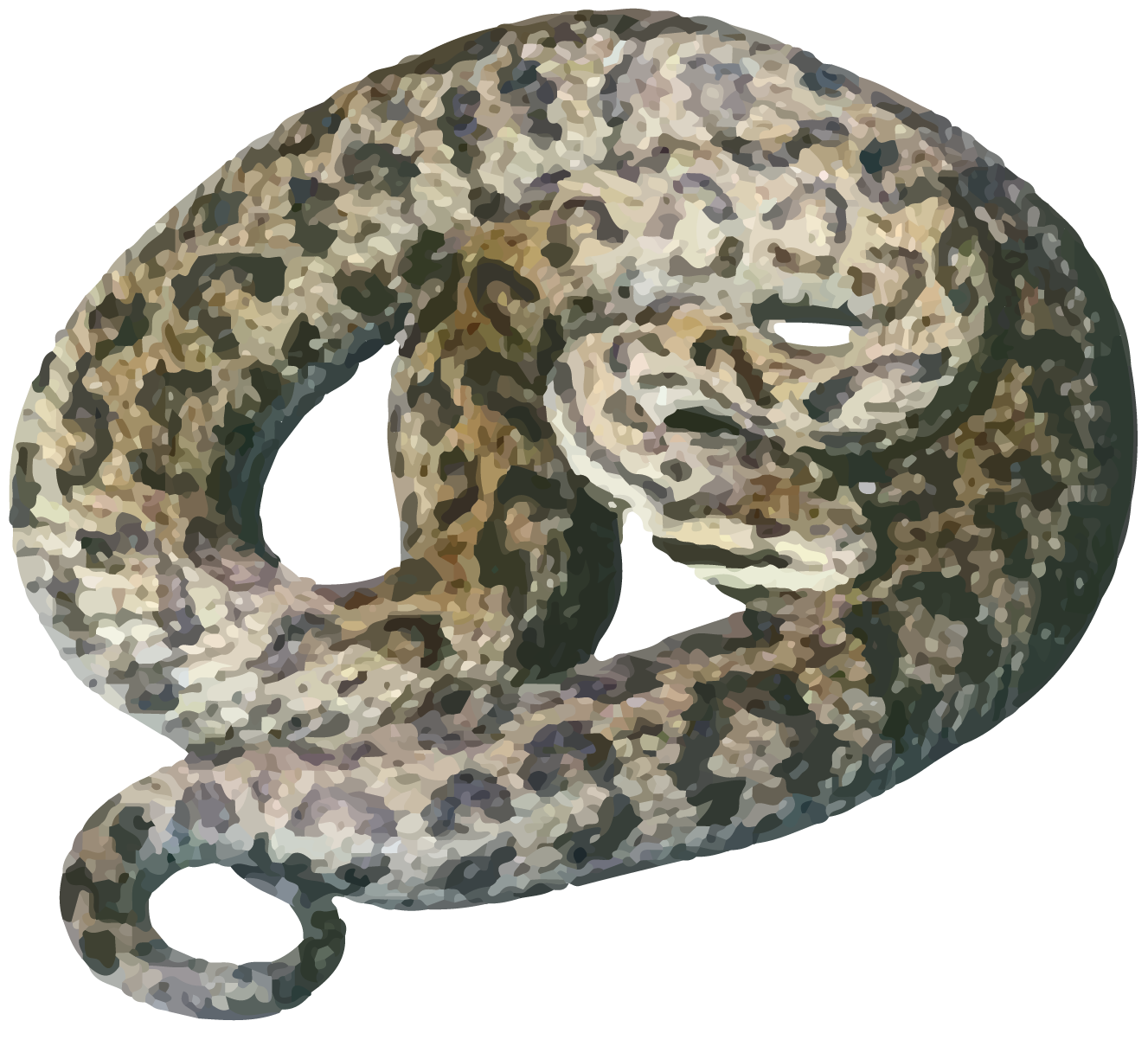Himalayan Pit Viper (Gloydius himalayanus)

- Habitat: High-altitude regions, including alpine meadows and rocky slopes
- Distribution: Himalayan region, spanning countries like India, Nepal, Bhutan, and Pakistan
- Diet: Small mammals, birds, lizards, and insects
- Size: Typically 1.5-3 feet in length
Physical Description:
- Appearance: The Himalayan Pit Viper has a robust body with a distinct pattern of dark brown or black markings on a lighter brown or gray background. These markings can appear as crossbands or blotches along the body.
- Size: Adults typically measure around 60 to 70 cm (24 to 28 inches) in length, although some individuals may grow longer.
- Scales: The scales are keeled, giving the snake a rough texture.
Conservation:
- Status: The Himalayan Pit Viper is not currently listed as endangered. However, its remote habitat helps protect it from many of the threats faced by other snake species.
- Protection: Conservation efforts focus on preserving its natural habitat, especially in light of increasing human activity and habitat fragmentation in the Himalayan region.
